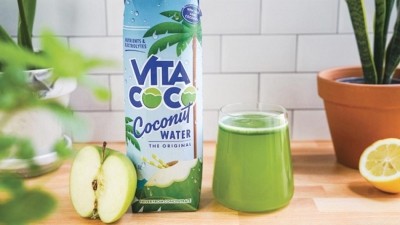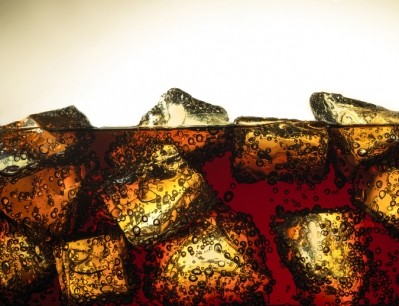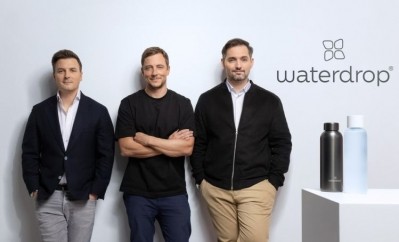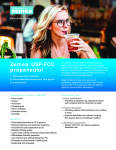Keurig Dr. Pepper reports positive growth across segments as it sees some light at the end of supply chain tunnel, says CEO
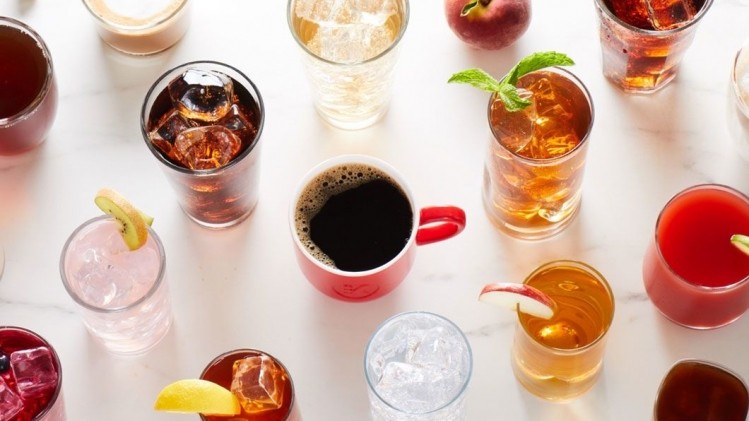
Total company net sales for the full year 2021 increased 9.2% to $12.68 billion, compared to $11.62 billion in the year-ago period, reported KDP in its Q4 2021 earnings results.
Within packaged beverages, full year net sales increased 9.7% to $5.88bn, compared to $5.36bn in the year-ago period.
The company gained market share in nearly 75% of it cold beverage retail base and grew consumption of its cold beverage portfolio by 22% which includes its soda brands (e.g. Dr. Pepper, Canada Dry, A&W, Sunkist, 7UP, Squirt) as well as Polar seltzers, Vita Coco (in which KDP made a minority investment last year), Mott's apple juice, and Snapple brands, according to IRI data for the 52-week period ending 12/26/2021.
Household penetration increased as well, with three million new US households purchasing KDP products in 2021, bringing the company's total household penetration to 36 million homes.
Within its beverages portfolio, carbonated soft drinks (CSDs) grew in retail dollar consumption by 26% and gained 1.5 share points since 2019 putting KDP in the #2 share position for CSDs in the grocery channel in 2021, said CEO Bob Gamgort on the company's Q4 2021 earnings call.
"The drivers of our CSD performance are widespread and sustainable. While nearly all of our CSD brands continued to perform well, Dr. Pepper was again one of the fastest growing major CSD brands in the US last year, and it was the single fastest growing since 2019," said Gamgort.
Other brands in KDP's portfolio including Core and Bai, whose growth was capped in 2021 due to supply chains disruption are showing positive in-market performance as product availability increased in Q3 and Q4 2021.
Vita Coco, which went public last year with KDP serving as its largest national distributor, grew dollar consumption by 33% and market share by nearly 7%, capturing 51% of the coconut water segment.
In coffee -- which was hit with continued price adjustments across it retail portfolio -- retail dollar consumption of single-serve pods manufactured by KDP in IRI measured channels grew 2.7% versus the prior year and KDP manufactured share in the segment remained strong, advancing to 83.2% for the year.
For the full year, US households regularly using a Keurig brewer increased approximately 9% on top of similar growth in 2020.
Operating under pressure
Despite its consistent, solid growth in the past year, Gamgort said the company has a more conservative outlook for 2022 as it grapples with significant operational challenges.
"We expect Q1 to represent our most challenging comparison to last year, as we managed through the peak levels of supply chain disruption and significant ongoing inflationary pressures," said Gamgort.
Along with inflationary pressures, KDP experienced the challenge of significant absenteeism across its workforce at the height of Omicron causing the company to struggle to meet demand and delivery commitments, noted Gamgort.
"It has been reported that 6% of the US workforce was absent at the start of the new year, due to being infected with COVID or caring for someone who had been infected. As significant as that number is, it actually understates the real impact on supply chains," he said.
"We, for example, experienced absenteeism at key plants in the double digits, which magnified an already challenged labor situation, causing the workforce to drop below critical threshold levels."
The issue could be seen in meeting demand for K-Cup pods as the company dealt with lower manufacturing output and delayed capacity availability, said Gamgort.
"This caused us to tap into our finished goods inventory in Q4, falling below safety stock levels, which impacted service to our partners and retailers," said Gamgort.
"We have successfully rebuilt production output since the height of Omicron absenteeism, but we are now servicing the continued high consumer demand while working to rebuild inventory, which is a process that we’ll continue well into the next quarter."
The year to come
Gamgort added that he feels confident in the company's ability to perform strongly in 2022 despite ongoing challenges.
"While we're seeing light at the end of the supply chain tunnel, as the wave of Omicron runs its course, inflationary pressure continues to be persistent. To address continued inflation, we implemented several pricing actions over the past six months and announced more pricing in early 2022," said Gamgort.

